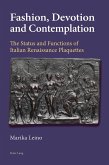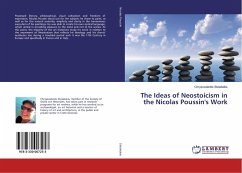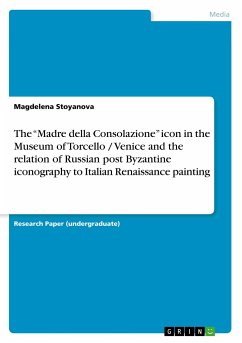Olive groves and cypress trees, pageants and festivals, peasants and popes, kings and princes, plotting and poisonings, magnificent palaces and highly painted churches - the Medici, Michelangelo and Machiavelli. Such are the images aroused by the Italian Renaissance. This overview tells the story of painting in Italy from the frescoes created at Assisi in the 1280s (Trecento), through the Quattrocento (1400s) to the High Renaissance and ending with Michelangelo's last works up to 1564. It is focussed on Italian Renaissance painting, but touches on sculpture, architecture and other art forms where particularly relevant. Information is included about the religious, social and economic context of the period, as well as considering the main trends, developments and individual artists - and the concept of rebirth. Well-known and accessible examples are used throughout, with an emphasis on works to be found in London, Florence, Milan, Rome and Venice (with over 280 illustrations). The Renaissance was a period of exceptional growth and change - culturally, intellectually, economically and politically. All of this was reflected in the art of the time.
Bitte wählen Sie Ihr Anliegen aus.
Rechnungen
Retourenschein anfordern
Bestellstatus
Storno








